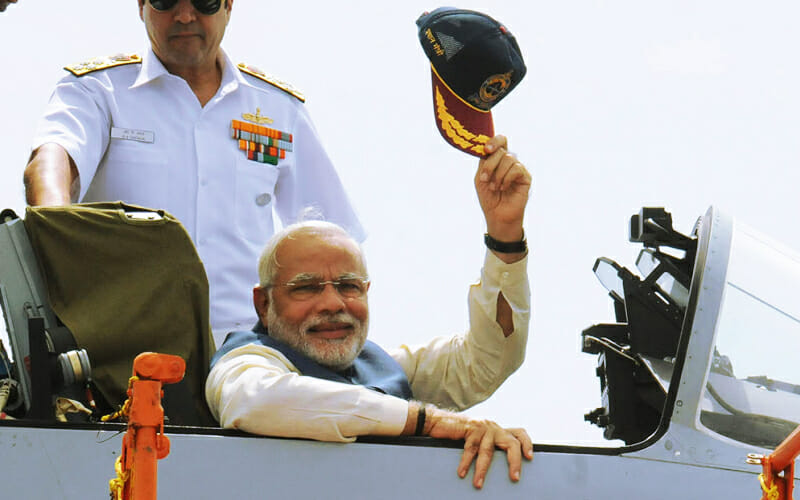
India’s Rivalry with China in South Asia is Pointless
China and India are the two major powers in Asia. Despite being emerging economies, the relation between two neighbours is often characterized by sheer hostility and rivalry. According to the Indian perspective, Chinese inroads into South Asia poses an unacceptable security and strategic threat to Indian interests as New Delhi sees the region as a part of “Indian sphere of influence.” Moreover, Indians since the Sino Indian war of 1965, have been suspicious about Chinese intentions. So New Delhi considers China’s role in South Asia in absolute terms: growing Chinese clout means eroding Indian influence.
For China, on the other hand, South Asia is a region of profound economic importance due to its proximity to the Indian Ocean and Middle East. Thus China has been acquiring strategic facilities such as seaports and airports in order to secure its access to the energy of the Middle East which is vital for its economic growth. China has pledged to invest billions of dollars into South Asian economies as part of its Belt and Road initiative including the China-Pakistan economic corridor which India has denounced publicly as it goes through the disputed Gilgit-Baltistan region. Indian security analysts have long interpreted such moves as an attempt to physically contain India which prompted New Delhi to oppose Chinese involvement in its near abroad, sometimes even explicitly.
South Asia is the least economically integrated region in all of Asia. The region’s lack of access to global market means limited investments from the Western world. As a result most of the South Asian countries performs poorly compared to their South East Asian and East Asian counterparts. Therefore Chinese investments have been widely welcomed in South Asia especially in countries like Nepal and Bangladesh. China in 2016 signed deals worth $21.5 billion dollars with Bangladesh, mostly in the areas of infrastructures and connectivity. China has also shown its keen interest in developing a deep sea port in Bangladesh and signed an agreement to build three out of 19 components of the construction of the Pyra Sea port.
Nepal is another country where India and China are vying for influence. Nepal has a complicated relationship with India. It is heavily dependent on India economically and logistically due to its geographical isolation. This dependency in turn has given India disproportionate influence over Nepal’s internal politics which many Nepalese people view negatively. The relation between the two deteriorated dramatically after India imposed an unofficial blockade in 2015 which saw fuel scarcity in the Himalayan nation. Since then the Nepalese government has been proactive in improving its ties China to reduce its dependency on India. In his recent visit to Beijing, Nepalese Prime Minister Oli signed $2.4 billion dollars’ worth of deals with his Chinese counterpart signaling a radical shift in Nepal’s foreign policy priority.
In other words, India’s neighbours in recent years have sought to diversify and balance their engagements between the two Asian giants. Rather than seeing it as Chinese attempt to outmaneuver India, New Delhi should welcome China’s positive contribution in South Asia’s infrastructure development which will accelerate regional connectivity and economic integration.
The way forward
The Nepal incident showed that India’s coercive diplomacy has failed to achieve a viable outcome. New Delhi should opt for a multilateral foreign policy framework instead of the traditional bilateral approach. It should actively pursue a policy of co-operative regionalism to regain its credibility. Reviving the de-facto defunct South Asian Association for regional co-operation should be the first priority for India.
South Asia has the lowest volume of inter-regional trade. India has an enormous trade surplus with all of its neighbours. New Delhi should provide trade concessions to its neighbours to reduce the respective trade deficit with India. At the same time, it should allow landlocked countries like Nepal and Bhutan to use its territory as a trade corridor to conduct trade with Bangladesh and Myanmar.
In other words, it is high time for New Delhi to rethink its overall policy towards South Asia. Instead of using coercive tactics to deter Chinese influence in the region, it should come up with its own version of “Belt and Road initiative” to facilitate a trans-South Asian regionalism centered on India.

